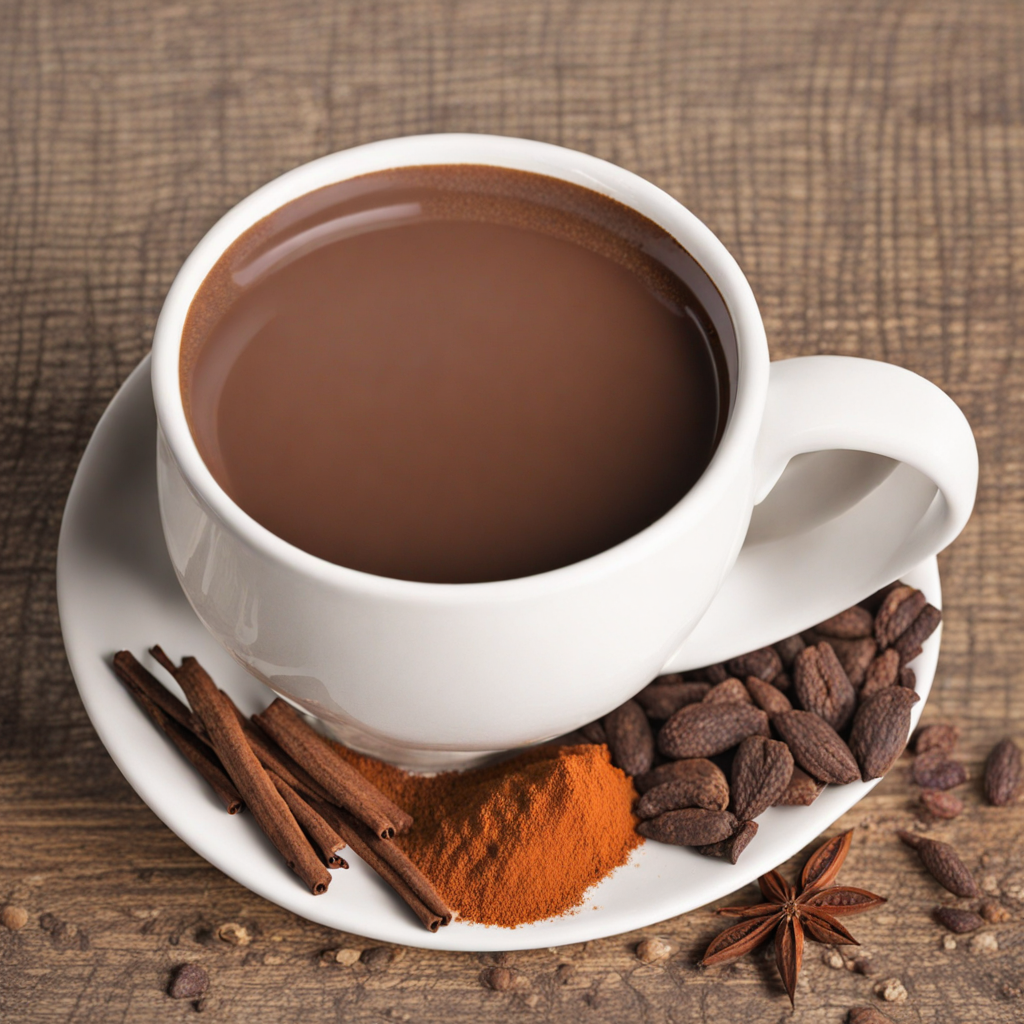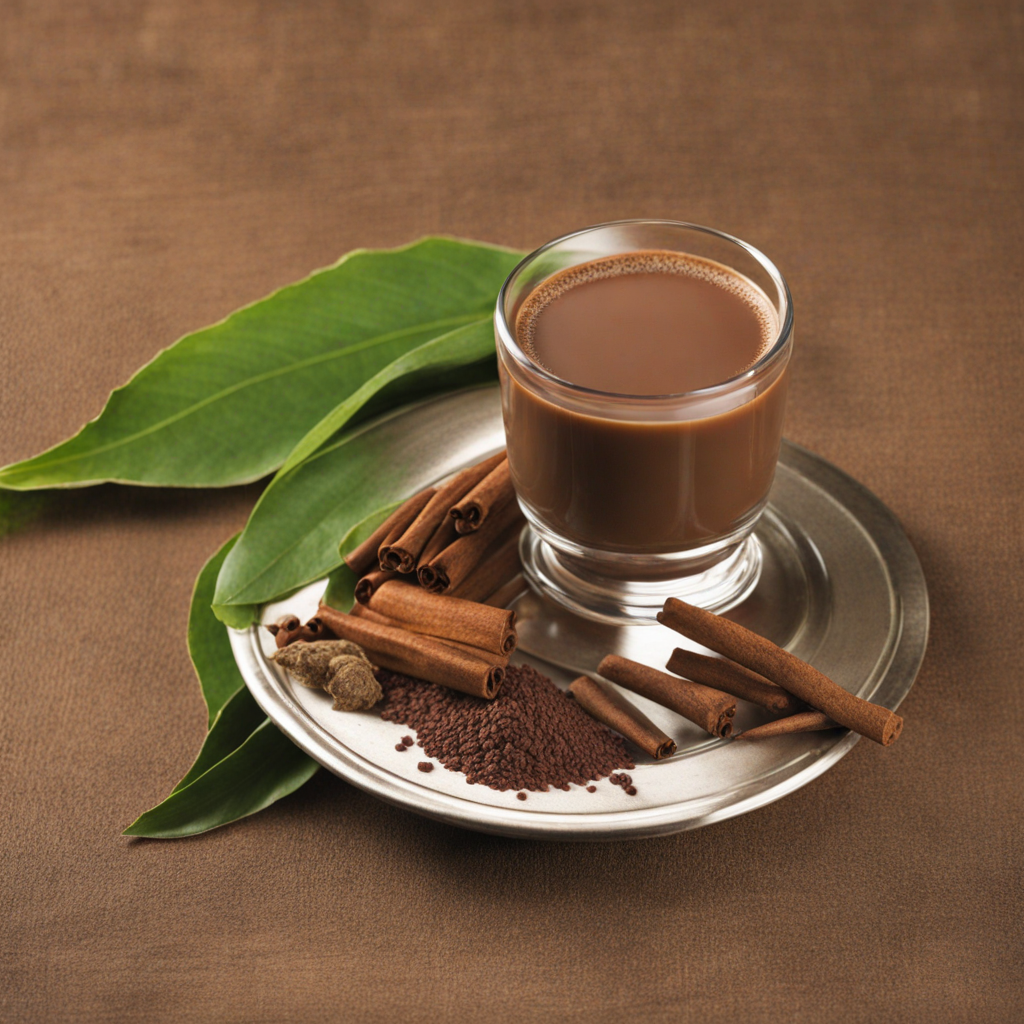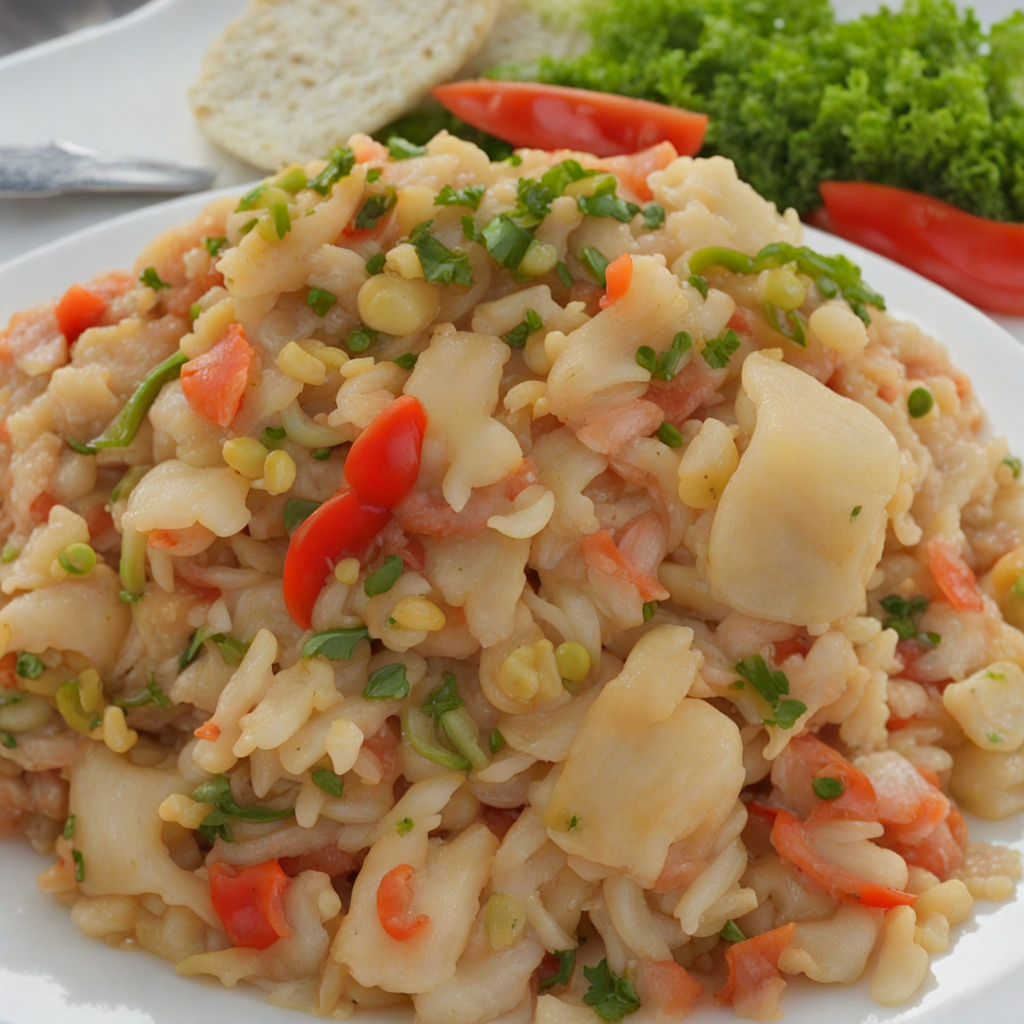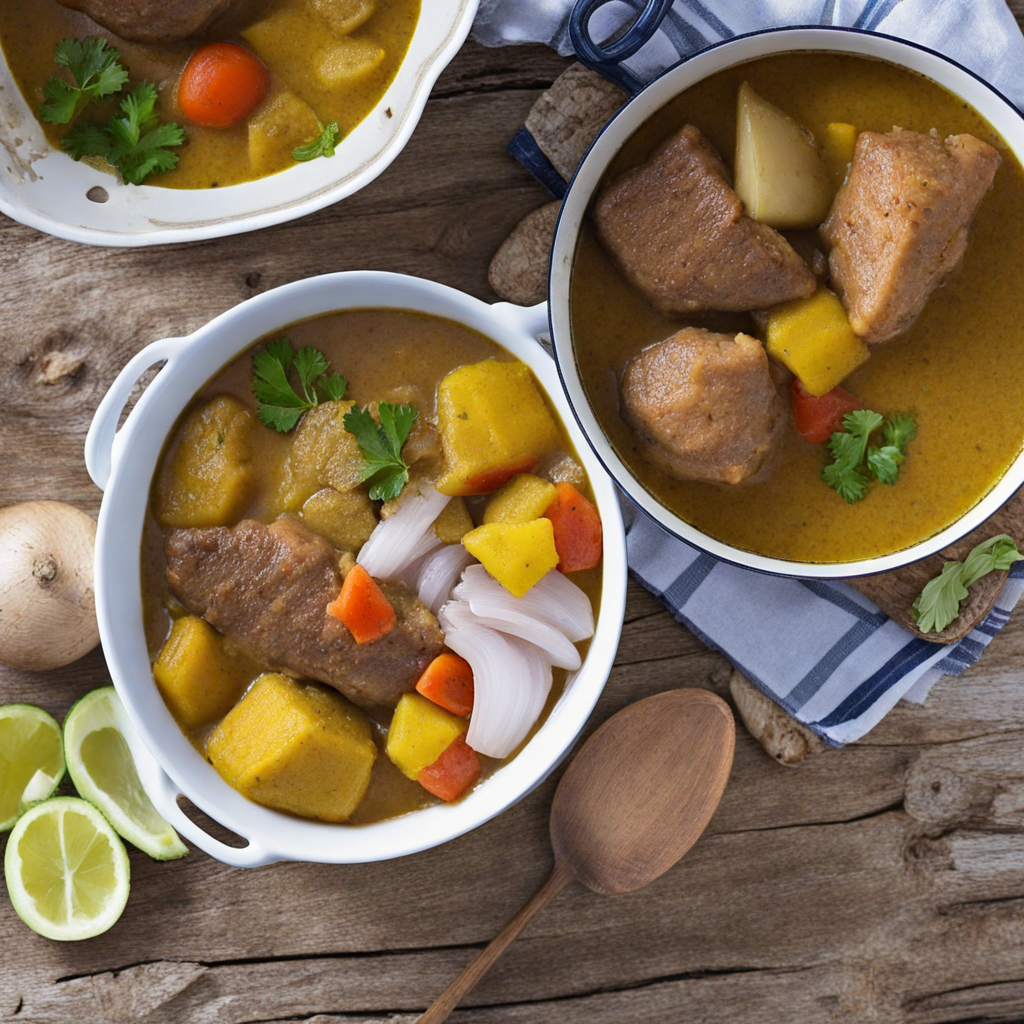Cocoa Tea
Cocoa Tea, a cherished beverage from Dominica, is a delightful fusion of rich chocolate and aromatic spices, capturing the essence of the island's lush landscapes and vibrant culture. Made primarily from cocoa pods, the drink starts with the fermentation and drying of beans, which are then ground into a fine paste. This cocoa paste is combined with hot water or milk, creating a velvety base that showcases the natural bitterness of the cocoa, complemented by a hint of sweetness. The addition of spices such as cinnamon, nutmeg, and sometimes a touch of vanilla elevates the drink, creating a warm and inviting aroma that envelops you with every sip. The preparation of Cocoa Tea is often a communal affair, bringing together family and friends who gather to enjoy this traditional beverage. Often served with a side of freshly baked bread or a slice of sweet plantain, each cup is a celebration of local ingredients and the island’s agricultural heritage. The texture is smooth, with a comforting thickness that coats the palate, making it a perfect choice for a cozy morning or an evening treat. The balance of flavors is exquisite; the deep chocolate notes are beautifully offset by the warmth of the spices, creating a drink that is both invigorating and soothing. Cocoa Tea is not just a drink but an experience that reflects the heart and soul of Dominica. It's a reminder of the island's bountiful nature and its people’s connection to the land. Sipping on Cocoa Tea transports you to the verdant cocoa plantations, where the air is filled with the earthy scent of cocoa and the laughter of those who harvest it. Each cup tells a story, inviting you to explore the rich heritage of Dominica while indulging in a flavor that is uniquely its own.
How It Became This Dish
The Rich History of Cocoa Tea in Dominica Cocoa tea, a beloved beverage in Dominica, embodies the island's rich agricultural heritage and cultural traditions. This aromatic drink, made from roasted cocoa beans, is not merely a delightful infusion but a symbol of the island's history, community, and resilience. To truly appreciate cocoa tea, we must journey through its origins, cultural significance, and evolution over time. #### Origins The journey of cocoa in Dominica begins with the arrival of the cacao tree (Theobroma cacao) in the Caribbean. Historical records suggest that cacao was first cultivated by the ancient Mesoamerican civilizations, such as the Olmecs and later the Maya and Aztecs, who revered it as the "food of the gods." The Spanish conquest of the Americas in the 16th century facilitated the spread of cacao to Europe, where it quickly became a sought-after commodity. In Dominica, the cacao tree was introduced during the colonial period, likely in the 18th century, as European powers sought to exploit the island's fertile lands. By the 19th century, cocoa plantations flourished, and the island gained a reputation for producing high-quality cocoa beans. The lush, volcanic soil combined with the island's tropical climate created ideal conditions for cacao cultivation. It was during this period that cocoa tea began to emerge as a traditional beverage, first among the indigenous Kalinago people and later among Creole communities. #### Cultural Significance Cocoa tea in Dominica is much more than just a drink; it is a cultural ritual steeped in tradition. The preparation and consumption of cocoa tea often accompany communal gatherings, celebrations, and family moments. Traditionally, it is made by grating roasted cacao beans into a fine paste and then boiling it with water and milk, often sweetened with sugar and flavored with spices such as cinnamon or nutmeg. In the past, cocoa tea was often consumed as a breakfast beverage, providing nourishment and energy for the day ahead. It was not uncommon for families to gather around the kitchen, where the rich aroma of cocoa wafted through the air. The preparation of cocoa tea was often an artisanal process, with families passing down recipes and techniques through generations, emphasizing its role in familial bonding and cultural heritage. Moreover, cocoa tea is intertwined with the agricultural practices of Dominica. Farmers would often grow cacao alongside other crops, promoting sustainable agriculture and biodiversity. This practice not only provided food security but also strengthened community ties, as farmers shared knowledge and resources. The cultivation of cacao has been integral in preserving the island's landscapes and promoting a sense of identity among its inhabitants. #### Development Over Time As Dominica's cocoa industry evolved, so did the preparation and consumption of cocoa tea. In the late 19th and early 20th centuries, cocoa production peaked in Dominica, with several plantations contributing to the local economy. However, the mid-20th century saw a decline in cocoa farming due to various factors, including the rise of synthetic alternatives and changing agricultural practices. Despite these challenges, cocoa tea remained a staple in Dominican culture. In the 1980s and 1990s, there was a resurgence of interest in traditional practices and local foods, as people began to appreciate the nutritional and cultural value of cocoa tea. This revival coincided with a growing global movement towards organic and sustainable farming, leading to an increase in demand for locally produced cocoa products. In recent years, cocoa tea has gained international attention, with tourists drawn to the island's unique culinary offerings. Local entrepreneurs have capitalized on this interest, creating artisanal cocoa tea blends that incorporate modern flavors and techniques while honoring traditional recipes. As a result, cocoa tea has found its way into cafes and restaurants, both on the island and abroad, elevating its status from a simple home beverage to a sought-after delicacy. #### Modern-Day Cocoa Tea Today, cocoa tea is celebrated as a vibrant part of Dominica's culinary identity. It is often served at festivals, cultural events, and family gatherings, showcasing the island's commitment to preserving its heritage. The drink has also become a symbol of resilience, representing the ability of the people of Dominica to adapt and thrive amidst challenges. Local producers have embraced the trend of "farm-to-table" dining, offering tours of cocoa plantations where visitors can learn about the cultivation process and participate in cocoa tea-making workshops. These experiences not only educate tourists about the significance of cocoa in Dominica but also provide economic opportunities for local farmers and artisans. The health benefits of cocoa have also been recognized in recent years, contributing to its popularity. Rich in antioxidants, flavonoids, and essential nutrients, cocoa has been linked to various health benefits, including improved heart health and enhanced mood. As consumers increasingly gravitate towards wellness-oriented products, cocoa tea aligns perfectly with the demand for natural, nourishing beverages. #### Conclusion Cocoa tea is a testament to the rich agricultural history and cultural identity of Dominica. Its origins in the island's fertile landscapes are deeply rooted in the traditions of the Kalinago and Creole communities, reflecting a harmonious relationship between people and the land. The cultural significance of cocoa tea, with its role in family gatherings and communal celebrations, underscores the importance of food as a means of connection and identity. As cocoa tea continues to evolve in the context of modern globalization, it remains a cherished beverage that tells the story of Dominica's past while embracing the future. The drink not only nourishes the body but also serves as a reminder of the island's resilience, creativity, and enduring spirit. Whether enjoyed in the comfort of a home or served in a bustling café, cocoa tea encapsulates the essence of Dominica, inviting all who partake to savor its rich flavors and rich history.
You may like
Discover local flavors from Dominica







